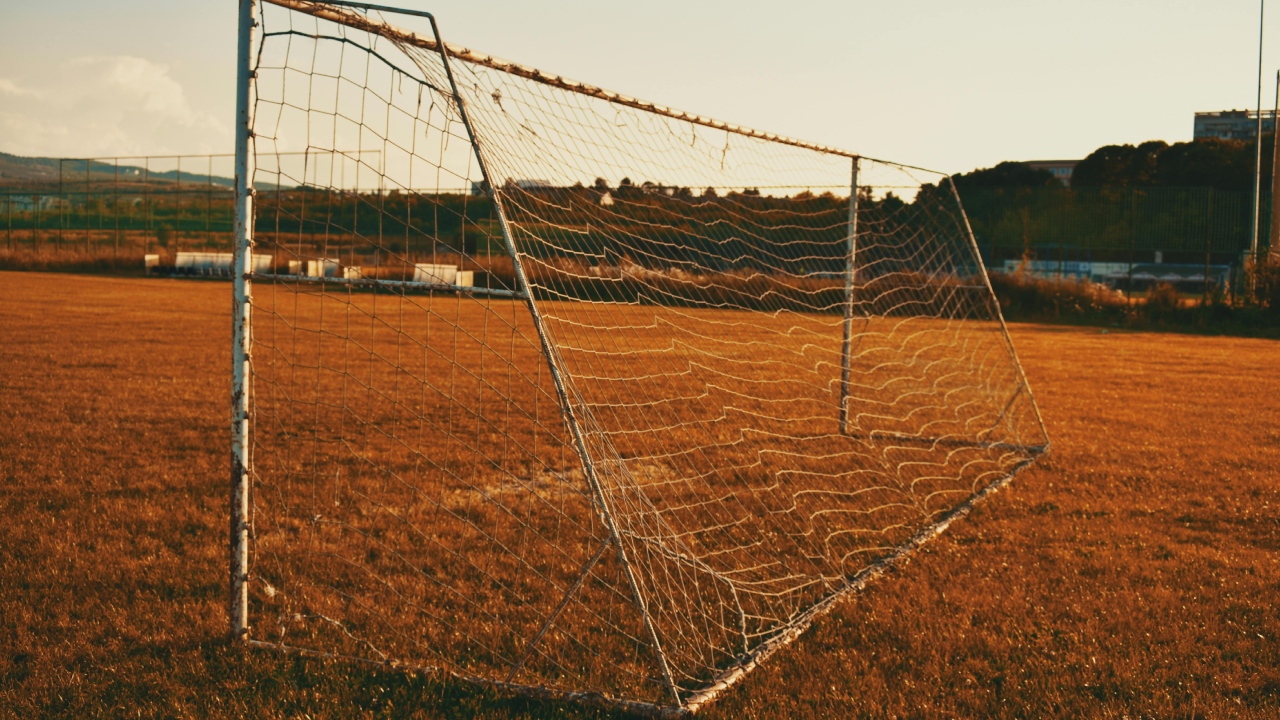Are you wondering what the official football goal size is and why it’s significant? In this article, we will discuss soccer goal measurements and explore their importance and history.
Understanding the Official Dimensions
Soccer goals are not determined by chance. The International Football Association Board has established strict guidelines for soccer goal measurements. The standard soccer goal is 8 feet (2.44 meters) tall and 24 feet (7.32 meters) wide. These dimensions are consistent in both professional soccer matches and those governed by FIFA, the largest soccer association on the planet.
Why are These Measurements Specific?
Why exactly 8 by 24? This size allows players to shoot goals with precision and skill while ensuring it’s not so large that scoring becomes too easy.
The History of Goal Sizes
The standard 8×24-foot dimensions have been developed over many years to ensure fairness and uniformity in the game.
Variations at Different Levels
The size of a goal can vary depending on the level of play. For example, goals for kids under eight are typically 6 feet tall by 12 feet wide. By the middle teens, the goal reaches its maximum size.
Indoor Soccer Goals
Indoor soccer, being a different game, usually features smaller goals. Indoor soccer goals are typically 6.5 feet tall by 12 feet wide.
Futsal Goal Sizes
Futsal, which is played on hard courts, also has different goal dimensions. The smaller goals create a fast-paced game with a focus on skill.
Why Size Matters in Soccer
The size of a soccer goal can significantly impact game dynamics. Smaller goals make scoring more difficult, leading to potentially fewer goals and encouraging defensive play. On the other hand, these goals promote teamwork, strategic positioning, and skillful play.
The Role of Goalkeepers
The size of the net also affects goalkeepers. To cover the entire area, the goalkeeper must be agile, have accurate reflexes, and be prepared to respond to shots. It’s a challenging role that requires constant alertness and readiness.
Training with Different Goal Sizes
Training with different-sized goals helps players become more adaptable and accurate. Smaller goals can improve a striker’s accuracy, making it easier to score on a standard goal. Goalkeepers can use larger goals to work on coverage and reaction times.
Customized Backyard Goals for Fun
Customized backyard goals are easy to set up and move, making them ideal for spontaneous play.
Portable Soccer Goals
Portable soccer goals are an excellent option for those who enjoy playing in different locations. Their small size makes them easy to carry, perfect for pick-up games, training sessions, or a day at the park.
Football Goal Nets
Nets are a crucial part of soccer goals, typically made of durable materials like polyethylene or nylon. They catch the ball after it’s scored.
How to Maintain and Care for Soccer Goals
Maintaining a large soccer net can be challenging. Regularly check the net and frame for wear or damage. Storing portable goals properly when not in use will extend their lifespan.
To Sum Up…
Professional soccer goals are 8 feet high and 24 feet wide. This size was chosen to balance the thrill of scoring with the challenge of defending.

